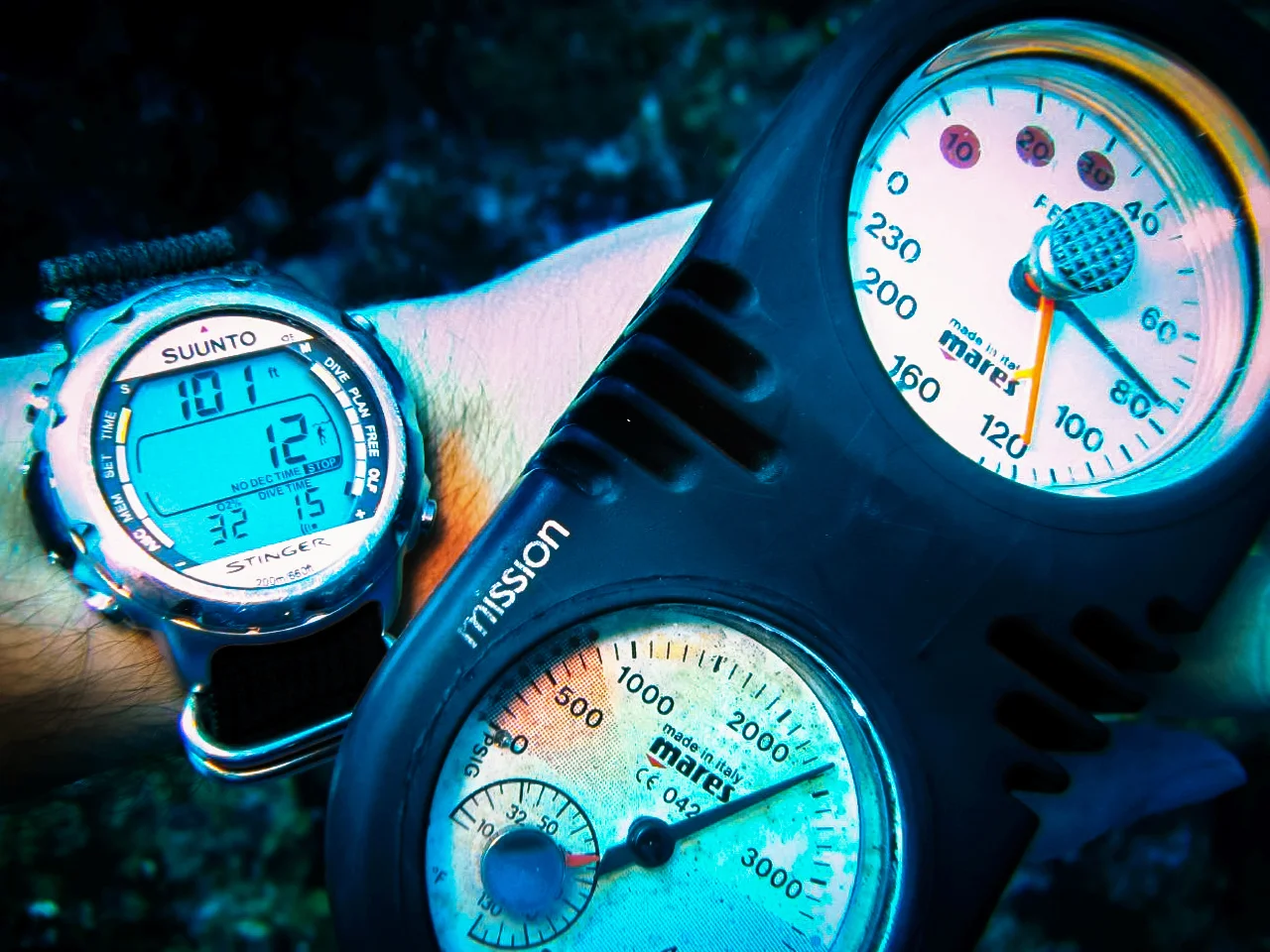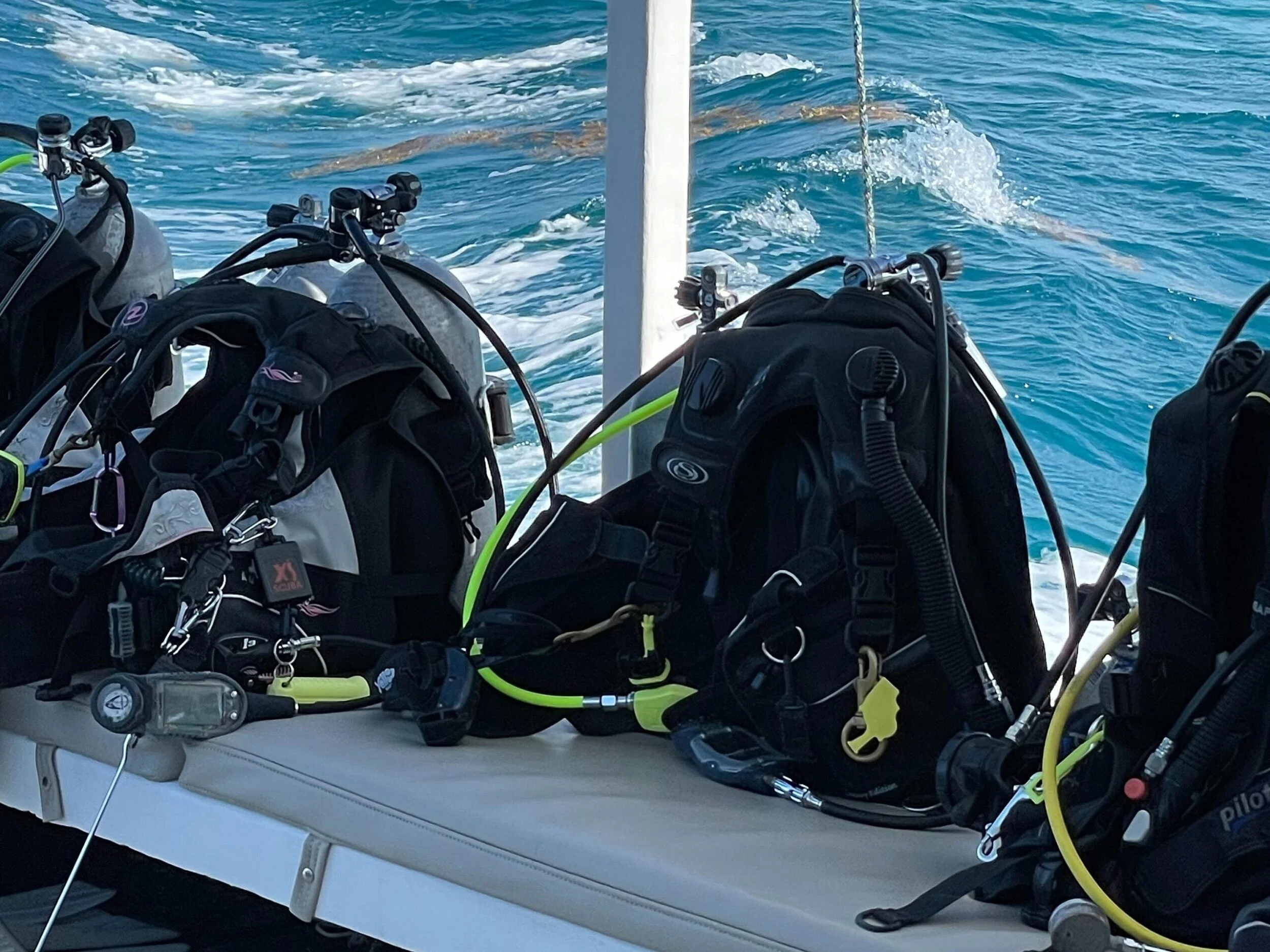Dive Computer: Here’s What You Need to Know!
Are you new to diving? If so, you might be wondering whether you need a dive computer. In this article, we’ll discuss if a dive computer is worth the investment, what they do, and how to select the right one for your needs. Read on to find out. Before you buy a dive computer, though, you’ll want to decide on your diving style.
Does every diver need a dive computer?
A dive computer is a device that calculates nitrogen saturation and non-decompression limits in real time. Divers used to use dive tables to calculate this information, but now computers are available to perform this in real time. There are various types of dive computers, from simple recreational models to high-end professional units. The main difference between these units is the level of technology and price. Most dive computers have advanced planning modes and decompression algorithms, and they show current dive time and depth. Some dive computers also display optional info such as depth and temperature.

The main advantage of dive computers is that they make diving safer. They help eliminate human error and the need to rely on someone else to do the calculations for you. It is advisable to read the manual of the dive computer and familiarize yourself with the settings.
Apart from the multiple features of a dive computer, it also helps the diver make informed decisions. For instance, it helps you track your NDL (no decompression limit), and shows your max depth and bottom time. It can also watch your ascent rate and alarm you if you ascend too fast. Moreover, it can check the temperature of the water and even give you a countdown during your safety stop.
Is a dive computer worth it?
Divers must be diligent about safety procedures and follow the proper procedures for diving. While a dive computer may help divers calculate remaining gas and plan their dive, many of them forget to check it. Choosing one with an alarm is a good idea because it ensures that divers pay attention to the device.
Diving computers have many advantages. Besides computing your saturation and depth, they also help divers optimize their dive time by logging their performance and analyzing data. Purchasing a dive computer is an investment, but it is also an important part of a diver’s safety plan. However, before purchasing a dive computer, you should consider the price of the unit, which ranges from a few hundred dollars to over a thousand.
To get the best value for money, you should first understand what features you will be using. A dive computer should give you basic information at a glance, including current depth, maximum depth, your NDL, and the time of your diving so far. The features you need should be based on your experience and habits, as well as your diving needs.
What does it do?
To put it short, a diving computer helps divers stay within their limits while underwater. These limits are different for every diver and dive type, so picking the right diving computer is essential.
A significant feature is the ascent rate monitor. All divers know the risks of coming up too quickly, but many do not know how to make sure they are within safe limits. A dive computer can help with this by monitoring the ascent rate.
Another useful feature of a diving computer is the depth monitor. It also gives a visual display of your bottom time and tracks what your NDL is. It also watches your surface interval and calculates everything for you. Furthermore, it is also a useful tool when diving with NITROX. Basic computers let you set your NITROX percentage from 22 to 50 percent, while more sophisticated models allow you to adjust it to 99 percent.
A dive computer will calculate the NDL and other crucial pieces of information for the diver. These programs take into account all the information and will tell you how much time you have left to end the dive. Many dive computers will enter a lock state if you violate its guidelines. This happens to discourage you to keep diving. Or at least it is saying it does not trust your judgment, and won’t be responsible if any problem occurs during the next dives.
How do I choose the right one?
When selecting a dive computer, the first thing you need to decide on is how much functionality you need. Some dive computers have more than others. You can pick one that shows you the time, depth, and no deco time for your dive. Others have more functionalities, such as a transmitter that will monitor the amount of air left.
Then you have to decide on its shape. You can pick a watch-style dive computer that is smaller and sleeker, allowing you to use it daily. Some prefer larger and bulkier dive computers, with bigger screens that are easier to read underwater. If you are planning to night dive, make sure you get a computer with a bright backlight.
A dive computer’s algorithm is one of the most important safety features. These calculate different dive parameters. Some are conservative and calculate your dive profile accordingly, but others allow you to adjust the algorithms to suit your requirements. Above it all, the dive computer is a huge addition to the safety part of diving. Make sure you get yourself one with the right features, and that you can operate without problems. When buying, consider if you wear gloves during your dive. Those most certainly make it harder to press the button and navigate its functions.
Dive computer and dive watch: what are the differences?

Their names already explain their differences. A dive watch is used for checking the bottom time, and surface interval. In a nutshell, it only tracks time. All the calculations are left for you, and that’s when the NDL tables come in. With depth, bottom time, and some math, you can calculate the next dive profile. Those were common in the early days of diving. Many divers still use them as a redundant bottom timer, should their dive computers present issues underwater.
Dive computers, on the other hand, are watches on steroids. They will collect a lot of data, and perform all the calculations for you, trying to mitigate any human error. Some computers even have a transmitter that, when attached to the 1st stage of your regulator, it will monitor how much air there is in your tank. With this information, they can estimate how long it will last at a given depth, according to your SAC.
Do you need air integration?

When it comes to diving computers, the answer depends on what you need. The basics include monitoring your current depth, your maximum depth, and your no-decompression time. Some dive computers also have alarms to indicate safety stops or deep stops, or the ascent rate of your dive. Air integration can help you monitor how much air you have left in your tanks.
Air integration is especially useful if you want to keep track of how much air you are consuming.
To wrap it up, diving computers are an important piece of diving equipment. They allow you to safely explore the underwater world while gathering data about your dive. Be sure to do your research and ask questions before purchasing a diving computer to ensure you select the best option for your needs.
Disclosure: This post may contain affiliate links, which means that DIVEMONDO may receive a small commission if you make a purchase using these links. As an Amazon Associate this website earn from qualifying purchases.













Leave a Reply